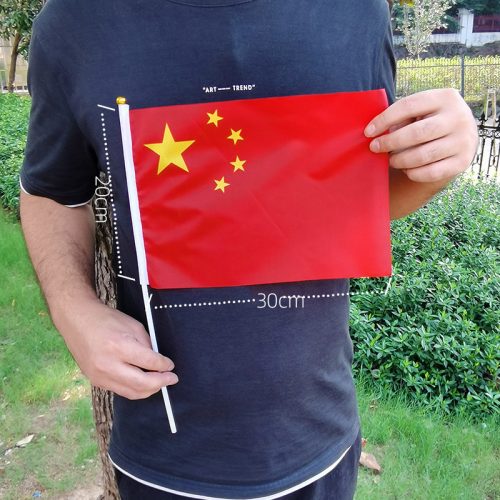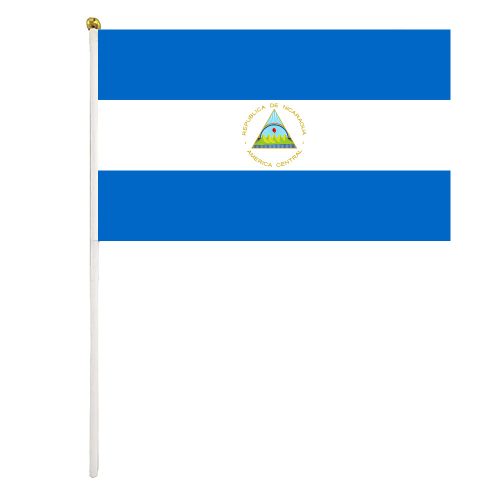Flags have evolved over time, and many countries have had different versions and variations of their flag. Here are a few examples:
- The United States: The current flag of the United States has 50 stars, which represent the 50 states, and 13 stripes, which represent the 13 original colonies. However, the flag has had different designs throughout its history, with the number of stars changing as new states were added.
- Australia: The current flag of Australia has a Union Jack in the upper left corner, representing its British colonial heritage, and a large seven-pointed star, known as the Commonwealth Star, which represents the unity of the six states and the territories of Australia. However, there have been several proposals for a new flag that better represents Australia’s unique identity as a modern, multicultural nation.
- South Africa: The current flag of South Africa was adopted in 1994 after the end of apartheid. It features six colors that represent the different races and cultures of the country, as well as a Y-shape that symbolizes the convergence of these diverse groups. However, prior to 1994, South Africa had a different flag that was associated with the apartheid regime.
- Japan: The current flag of Japan features a red circle on a white background, known as the Rising Sun. However, Japan had a different flag during World War II that featured a similar design with rays emanating from the red circle, which has since been replaced.
- Canada: The current flag of Canada features a red maple leaf on a white background, with two red bars on either side. However, prior to 1965, Canada had a different flag that featured the Union Jack and the coat of arms of Canada.
Overall, the different versions and variations of a country’s flag reflect its history, culture, and values. Flags can evolve over time to better represent a changing society, and there may be ongoing debates and discussions about the design and meaning of a country’s flag.


